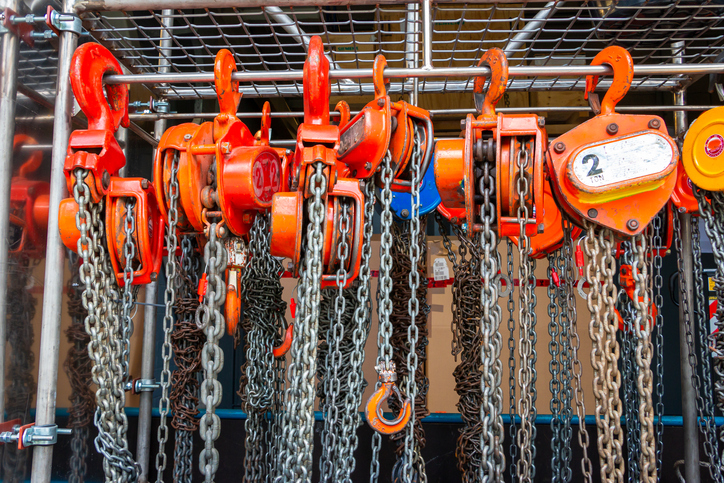Introduction
In industrial and construction settings, chain hoists play a pivotal role in lifting and moving heavy loads with precision and efficiency. However, to ensure the safety of both workers and equipment, it is paramount to have your chain hoist inspected regularly. In this blog, we will delve into why chain hoist inspections are important and how they contribute to a safer and more efficient workplace.
Safety First: The Significance of Chain Hoist Inspections
Chain hoists are relied upon for their robust lifting capabilities, but like all mechanical equipment, they require consistent maintenance and inspection. Here are compelling reasons why regular chain hoist inspections are vital:
Worker Safety
The primary concern is the well-being of employees. A malfunctioning or damaged chain hoist can lead to accidents, injuries, or even fatalities. Regular inspections help identify potential issues before they become hazards.
Equipment Longevity
Chain hoists are a significant investment. Regular inspections and maintenance can extend the lifespan of the equipment, reducing the need for costly replacements.
Operational Efficiency
Well-maintained hoists operate smoothly, increasing productivity and reducing downtime. This efficiency directly impacts the bottom line of your business.
Compliance with Regulations
Many industries have strict safety regulations and standards in place. Regular inspections ensure compliance and prevent potential fines or legal complications.
Risk Mitigation
Inspections can identify issues such as worn chains, frayed cables, or damaged hooks. Addressing these issues promptly reduces the risk of load drops and other accidents.
The Inspection Process
Chain hoist inspections should be conducted by qualified professionals who are knowledgeable about the specific make and model of the hoist. The inspection process typically includes:
Visual Inspection
The hoist is visually examined for signs of wear, damage, or corrosion. Any visible issues are documented and assessed.
Functional Testing
The hoist is operated under a load to ensure that it functions as intended, with special attention to brakes, controls, and safety features.
Load Testing
In some cases, load testing is performed to assess the hoist’s capacity and safety under actual working conditions.
Documentation
Detailed records of the inspection, including findings and any necessary repairs or replacements, are maintained for compliance and reference.
Conclusion
The importance of having your chain hoist inspected cannot be overstated. Regular inspections not only ensure the safety of your workers but also contribute to equipment longevity and operational efficiency. Prioritizing these inspections demonstrates a commitment to safety and compliance within your organization. By investing in the safety and maintenance of your chain hoists, you create a workplace that is not only productive but also secure for all those who rely on this essential lifting equipment.


Leave a Reply